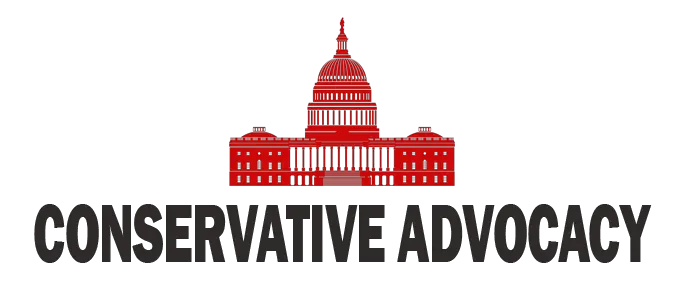President Donald Trump’s recent decision to pause tariffs on most nations, while simultaneously escalating duties on Chinese imports, has sent shockwaves through global markets and reignited debates over his trade policies. The announcement of a 90-day tariff suspension for over 75 trading partners triggered a historic rally in U.S. stock markets, with the S&P 500 surging by 9.5%—its third-largest single-day gain since World War II. Yet, the president’s hardline stance on China remains unchanged, as tariffs on Chinese goods were increased to an unprecedented 125%, signaling a dual-pronged strategy of economic diplomacy and assertiveness.
The tariff pause reflects Trump’s tactical approach to global trade. By offering temporary relief to allied nations, the administration aims to incentivize fair trade negotiations while maintaining a baseline 10% tariff on imports. This move underscores Trump’s belief in leveraging America’s economic power to secure better deals for American workers and industries. At the same time, the steep tariffs on China highlight his commitment to holding Beijing accountable for decades of intellectual property theft, unfair trade practices, and market manipulation.
Critics of Trump’s strategy argue that the tariff fluctuations create market uncertainty and risk destabilizing global supply chains. However, supporters contend that these measures are necessary to reverse decades of economic decline in U.S. manufacturing and restore America’s industrial base. The administration projects that these policies will drive trillions of dollars in investment into domestic industries such as semiconductors, pharmaceuticals, and infrastructure sectors critical to national security and economic independence.
China’s retaliation, including raising tariffs on American goods to 125%, has further escalated tensions between the world’s two largest economies. While some warn of potential economic fallout from this trade war, Trump’s supporters view it as a long-overdue confrontation with a rival that has exploited global trade rules at America’s expense. The administration remains steadfast in its goal of reshaping international trade dynamics to favor American interests, even if it means enduring short-term challenges.
Ultimately, Trump’s bold actions reflect his broader vision of an “America First” economic policy. By prioritizing domestic growth and challenging adversaries like China, the president is redefining global trade norms in favor of American workers and businesses. As negotiations with other nations progress, this strategy could mark the beginning of a new era of economic strength and self-reliance for the United States. The stakes are high, but Trump’s willingness to take decisive action demonstrates his resolve to put America back in the driver’s seat of global commerce.




